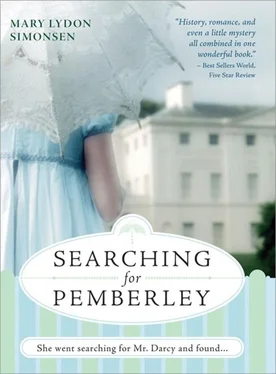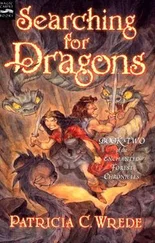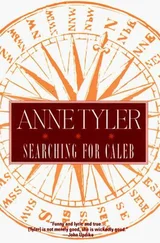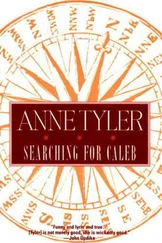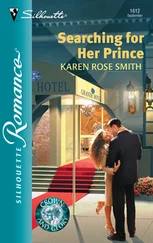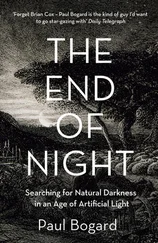Every weekend I became a typical American tourist. Riding London’s red double-decker buses, I visited the National Gallery, Westminster Abbey, St. Paul’s Cathedral, the Tower of London, and all the other popular tourist sites that made London a cultural jewel. I stood in line at the British Museum to see the Elgin Marbles. The friezes from the Parthenon were being displayed for the first time since the beginning of the war when they had been packed up and stored in the Aldwych Piccadilly Underground to keep them safe from German bombs.
After weeks of touring London, I wanted to get out into the countryside, so I asked for suggestions from the girls in my office building who had moved to London from all over the British Isles. As a devoted fan of Jane Austen and Pride and Prejudice , I especially wanted to know more about Hertfordshire and Derbyshire, the major settings for the story. Pamela, a Derbyshire native, was also a fan of the book and told me that I should find out if “Montclair,” the house where the Darcys had lived, was open to visitors. At first I thought she was “having me on,” but then I realized that she was perfectly serious.
“ Pride and Prejudice is my favorite novel,” I told Pamela. “I’ve read it at least a dozen times, but the characters are fictitious.”
“Of course, they’re fictitious, but they were based on real people. I grew up in Stepton, which is about five miles from Montclair, or Pemberley, as Jane Austen called it. It’s the ancestral home of the Laceys. They’re the ones who Jane Austen called the Darcys. If you really love the novel so much, you should at least go to see Montclair.” After thinking about it for a minute, Pamela added, “I could go with you. It would give me a chance to see my family.”
“Can you walk to Montclair?” I asked doubtfully.
“No, but my brother has a car, and I know how to drive it. I could take you up to the house. Then, we’ll stay overnight at my mum’s.”
Since I had heard that Derbyshire had some of the loveliest countryside in England, I decided to accept Pamela’s offer. I needed to take advantage of the mild fall weather because I knew from my experience in Germany, that in two months, the steel gray skies of winter would be the norm. I wrote to the present owners of Montclair, Ellen and Donald Caton, and was given a date and time when the house would be open.
On the train ride to Stepton, I asked Pamela what she knew about the Laceys. “Nothing really. I did know the Australian family, the Pratts, who bought Montclair from the Laceys, because they hosted a harvest festival every August and would have all the village children up to the manor house for games and lemonade and cake. They had a lot of kids known around town as the Pratt brats. Once the kids finished school, everyone was in favor of going back to Australia, so they sold it to the Catons.”
Pamela’s family lived a short distance from the train station in a red-brick row house, which was covered with the black soot that had accumulated over the decades from the coal-fired engines of the locomotives. On Saturday morning, after finishing a bowl of porridge, Pamela and I headed toward Montclair in her brother’s car. I had seen cars like this in my hometown, but they were usually up on blocks and used for parts. Despite all the noises coming from the engine, the car did go forward.
It was a picture-perfect autumn day in Derbyshire when I first saw Montclair. Even though the house was showing its age, with chipped stucco and stonework in need of cleaning, it was a lovely house painted in a beautiful yellow gold, and it glowed in the morning sun. My first glimpse of the mansion was from the top of a gentle rise. The main section was three stories with two wings of two stories and a tower attached to the main section in the rear. It was surrounded by a beautiful park, and a large fountain in front of the drive stood silent.
Pamela and I joined three other couples who were standing at the main entrance, outside the ornate double doors, waiting for the tour to begin. They had also heard that the manor house might have a connection to Fitzwilliam Darcy.
“Welcome to Montclair,” Mrs. Caton said while stepping out onto the portico. “I hope you won’t be disappointed to learn that this house is owned by Americans. Prior to our purchase in 1937, an Australian couple, Lester and Lynn Pratt, and their family lived here for ten years. Upon taking possession of the property, we immediately started on its restoration, but when the war came, all construction stopped for the duration. Renovations resumed last spring, but as you can imagine, in a country that experienced such extensive bombing, building materials are in short supply.”
Pointing to the beautiful but damaged stucco exterior, Mrs. Caton said in a nasal voice revealing her New England roots, “The entire front façade, with its Ionic pilasters and classical pediments, was completed in 1800 and represents the best in Georgian neoclassicism and the Greek Revival. “Before the Pratts, Montclair was owned by Edward and Sarah Bolton Lacey, and before them, numerous generations of the Lacey family. I suspect that some of you are here because you have heard that this was once the home of Elizabeth Bennet and Fitzwilliam Darcy of Pride and Prejudice fame.”
As soon as I heard the name, Elizabeth Bennet, my ears perked up. Was it possible that I was actually standing in the home of the real Elizabeth Bennet and Mr. Darcy?
“For those of you not familiar with the novel, it is the story of a wealthy and connected gentleman of the landed gentry who, despite his best efforts to resist, falls in love with the daughter of a gentleman farmer of some means but whose position in society is inferior to his own. In order for the two to finally come together, Mr. Darcy must overcome his pride because of his superior place in society, while Elizabeth must forgive Mr. Darcy’s rude behavior from their first meeting at a local dance. I will admit there are many similarities in their stories, and the Laceys may have provided the inspiration for Jane Austen, but that is something each of you will have to decide for yourself.” And with that she began her tour.
“A building in one form or another has been on this site since the sixteenth century. However, this particular house was begun in 1704 and expanded to its current size during the reign of George III — the very same king who gave us Americans so much trouble. Most of the interiors of the public rooms were designed by Robert Adam, the most sought-after designer of his day, during the Georgian period in the mid-eighteenth century.”
Up to that moment, I had never heard of Robert Adam, but I immediately loved the elegant simplicity of his neoclassical style.
“During the Regency Era, which is broadly defined as the years between 1795 and 1830, work on the interiors continued under the direction of William Lacey and his wife, Elizabeth Garrison Lacey, or Mr. and Mrs. Darcy, if that is your inclination.”
We climbed the intricate, double, wrought iron staircase to the first-floor gallery. A photograph propped up in one of several niches showed that two life-sized portraits of William and Elizabeth Lacey from the early 1800s had once been displayed at the top of the staircase. Because the photograph was so faded, it was impossible to know what Mr. Darcy and his “dearest, loveliest Elizabeth” had looked like, except they were very well dressed. When the last of the Laceys sold the house, they had removed all of the family portraits, as well as their art collection, and only empty walls and the shadows of the paintings remained.
Because most of the rooms on the first floor were the private residence of the Catons, we returned to the ground floor, where Mrs. Caton pointed out the “splendid” mural on the wall between the twin staircases, which had been painted by Reed Lacey, the youngest of the last Lacey family to live at Montclair. The floor tile in the painting matched that of the foyer, creating the illusion of a hallway leading to a vine-covered terrace with a beagle puppy sleeping in the corner. We moved on to an extensive library containing books dating from the early sixteenth century, which had remained when the house had been sold. Maybe, this was where Mr. Darcy kicked back after a long day of riding around his estate checking on his tenants. With his wife sitting beside him on the sofa doing needlework, Mr. Darcy would be reading Henry Fielding’s Tom Jones and laughing at its risqué passages, which he would share with Lizzy.
Читать дальше
